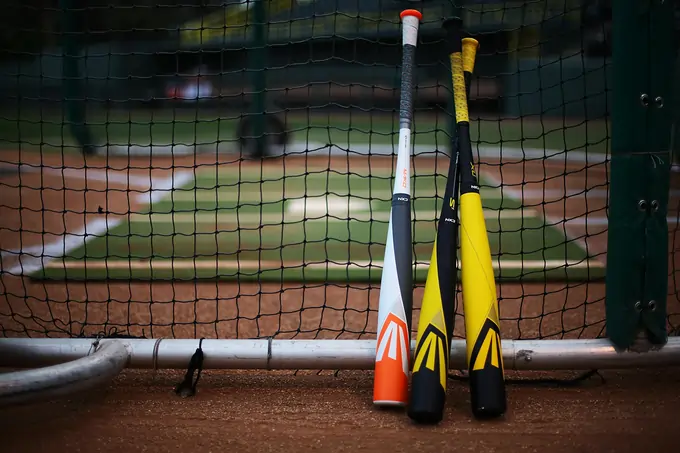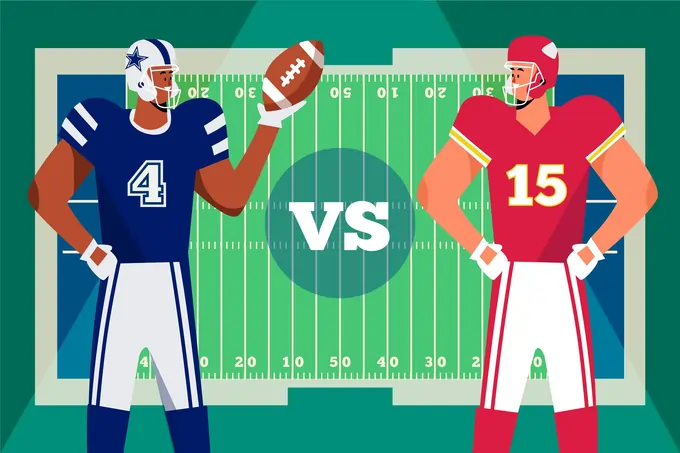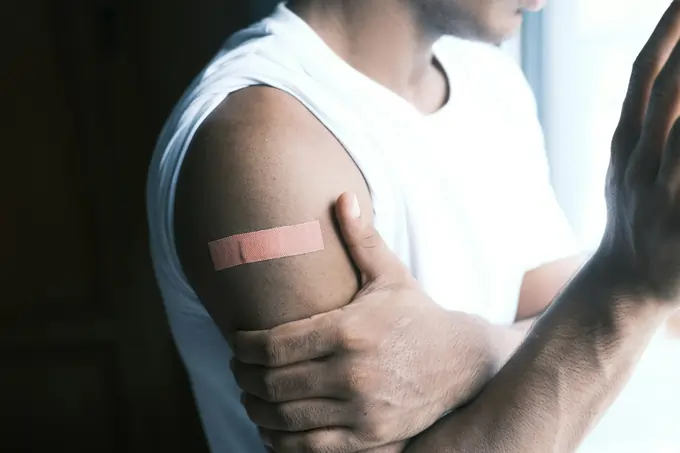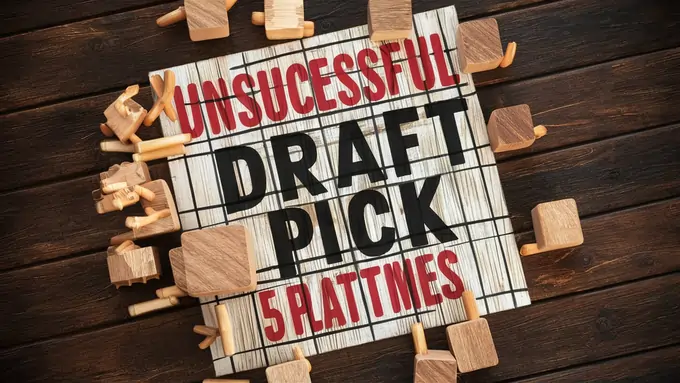
Ultimate Sports Equipment, Gear, and Athletic Team Sports
Alright folks, understanding sports equipment might seem like a daunting task, but trust me, it’s easier than you think. Whether you’re into basketball or tennis, knowing your sports equipment can make a huge difference in your game. So let’s dive in and get you geared up!
Sports Equipment
Sports equipment plays a crucial role in the world of athletics. Whether you’re a beginner or a seasoned athlete, having the right gear can make a significant difference in your performance, safety, and enjoyment of the sport. From the football helmet that protects a player’s head to the tennis balls that bounce across the court, each piece of equipment serves a specific purpose.
In this comprehensive guide, we’ll explore the vast world of sports equipment, covering everything from its evolution to future trends. We’ll discuss how to choose the right gear, maintain it properly, and understand its importance in various sports. So, whether you’re an athletic director looking to outfit your team, or an individual player seeking to improve your game, this article will provide valuable insights into the world of sports equipment.
The Evolution of Sports Equipment
It’s crazy how sports equipment has evolved over the years. Whether you’re into baseball, soccer, or rugby, there’s a wide selection of gear out there for every youth or adult. From badminton racquets that fit like a second sleeve to portable fitness equipment, the options are endless.
If you’re looking to upgrade your workout or outdoor training tool, you can find top-notch items at reasonable price. There’s even custom-sized soccer jerseys so you can rock your own shirt during competition or casual play.
Want to focus on your overall health? Outdoor exercise and gym machines are game-changers. They come equipped with everything you need to achieve official fitness levels. And don’t forget about guard wear for extra protection!
Drop by and see us today to browse our selection. We bring you top brands and excellent customer service for maximum satisfaction. You really couldn’t imagine a better time to get active!
The history of sports equipment is as old as sports themselves. Over the years, advancements in technology and materials have led to significant improvements in the quality and effectiveness of sporting gear.
Early Beginnings
In the early days, sports equipment was often rudimentary. For example, early footballs were made from inflated pig bladders, while tennis rackets were wooden and strung with animal gut. These basic tools served their purpose but left much room for improvement.
Technological Advancements
As technology progressed, so did sports equipment. The introduction of synthetic materials revolutionized many sports:
- Basketball: The transition from leather to synthetic balls improved grip and consistency.
- Tennis: Wooden rackets gave way to lighter, more powerful graphite and composite racquets.
- Football: Helmets evolved from simple leather caps to high-tech protective gear with impact-absorbing materials.
Modern Innovations
Today, sports equipment continues to evolve. We now have:
- Smart equipment that can track performance metrics
- Eco-friendly materials that reduce environmental impact
- Customizable gear tailored to individual athletes’ needs
These advancements have not only improved performance but also enhanced safety and accessibility across various sports.
Types of Sports Equipment

There are tons of sports equipment out there, from stuff for basketball to squash. You’d be surprised by the variety and supply available. Take polo, for instance: that’s a whole new world of gear. And don’t get me started on how different everything is in size—you have to think about neck, ankle, and more. Seriously, you could imagine just about anything. A friend told me everything changed for him when he bought a 27-inch racket – the difference is real! Sports gear shopping could become your new hobby.
Sports equipment can be categorized into several types, each serving a specific purpose in the world of athletics.
Protective Gear
Protective equipment is crucial for ensuring athlete safety. Some examples include:
- Football helmets and pads
- Hockey masks and gloves
- Volleyball knee pads
These items help prevent injuries and allow athletes to perform at their best without fear of harm.
Game Equipment
This category includes the essential tools needed to play a sport:
- Balls (for football, basketball, tennis, etc.)
- Rackets or sticks (for tennis, hockey, lacrosse, etc.)
- Nets and goals
Without these items, many sports simply couldn’t be played.
Training Equipment
Training gear helps athletes improve their skills and physical condition:
- Weights and resistance bands for strength training
- Agility ladders and cones for improving footwork
- Practice targets for sports like archery or golf
These tools are essential for athletes looking to enhance their performance and reach new levels in their sport.IV. Importance of Quality Sports Equipment
Using high-quality sports equipment is not just about having the latest gear; it’s about performance, safety, and longevity.
Performance Enhancement
Quality equipment can significantly improve an athlete’s performance:
- A well-designed tennis racket can increase power and control
- Properly fitted running shoes can improve speed and reduce fatigue
- High-quality golf clubs can enhance accuracy and distance
Investing in good equipment can give athletes a competitive edge in their sport.
Safety Considerations
Perhaps even more important than performance is the role quality equipment plays in safety:
- A properly fitted football helmet can reduce the risk of concussions
- Well-maintained gymnastics equipment can prevent accidents
- Quality protective gear in contact sports can minimize injuries
Using substandard equipment can put athletes at unnecessary risk of injury.
Durability and Cost-Effectiveness
While quality sports equipment may have a higher upfront cost, it often proves more cost-effective in the long run:
- Durable equipment lasts longer, reducing the need for frequent replacements
- Well-made gear maintains its performance characteristics over time
- Quality items often come with better warranties and customer support
Investing in good equipment can save money and hassle in the long term.
How to Choose the Right Sports Equipment

Selecting the right sports equipment can be overwhelming, given the wide variety of options available. Here are some tips to help you make the best choice:
Consider Your Skill Level
- Beginners may benefit from more forgiving equipment that helps build confidence
- Intermediate players might look for gear that enhances specific skills
- Advanced athletes often prefer equipment that offers maximum control and performance
Try Before You Buy
Whenever possible, test equipment before purchasing:
- Visit a sporting goods store to handle and try out different options
- Many shops offer demo programs for items like tennis rackets or golf clubs
- For team sports, ask if you can borrow equipment from teammates to get a feel for different brands
Seek Expert Advice
Don’t hesitate to ask for help:
- Consult with coaches or experienced players in your sport
- Speak with knowledgeable staff at specialty sports stores
- Read reviews and comparisons from reputable sources online
Consider Your Budget
While quality is important, it’s also crucial to stay within your means:
- Set a realistic budget for your equipment needs
- Look for sales or off-season discounts on high-quality gear
- Consider gently used equipment for expensive items like golf clubs or ski gear
Remember, the most expensive option isn’t always the best for your needs. Focus on finding equipment that fits your skill level, body type, and playing style.
Maintenance and Care of Sports Equipment
Proper maintenance of your sports equipment is crucial for longevity, performance, and safety. Here are some general tips for keeping your gear in top condition:
Clean Regularly
- Wipe down equipment after each use to remove sweat, dirt, and moisture
- Use appropriate cleaning products for different materials (e.g., leather cleaner for footballs, racket cleaner for tennis racquets)
- Allow equipment to dry completely before storing
Store Properly
- Keep equipment in a cool, dry place away from direct sunlight
- Use proper storage solutions like ball racks or racket bags
- Avoid storing heavy items on top of softer equipment
Inspect Often
- Regularly check for signs of wear and tear
- Look for loose stitching, cracks, or other damage
- Replace protective gear like helmets according to manufacturer guidelines
Sport-Specific Care
Different sports require specific care routines:
- Tennis: Restring rackets regularly and store them in a temperature-controlled environment
- Football: Check air pressure in balls and maintain proper inflation
- Golf: Clean club heads and grips after each use and store clubs vertically
By following these maintenance tips, you can extend the life of your equipment and ensure it performs at its best when you need it most.
Future Trends in Sports Equipment
The world of sports equipment is constantly evolving, with new technologies and innovations emerging regularly. Here are some exciting trends to watch for:
Smart Equipment
- Sensors embedded in equipment to track performance metrics
- Balls with chips that can measure speed and spin
- Smart clothing that monitors heart rate and muscle activity
Sustainable Materials
- Eco-friendly manufacturing processes
- Equipment made from recycled materials
- Biodegradable options for disposable items
Customization
- 3D-printed equipment tailored to individual athletes
- Adjustable gear that adapts to different playing conditions
- Personalized color schemes and designs
Virtual Reality Training
- VR headsets for immersive training experiences
- Simulated game scenarios for strategy development
- Remote coaching possibilities
These advancements promise to revolutionize how athletes train, compete, and interact with their equipment.
Conclusion
Sports equipment is an essential part of athletic performance and enjoyment. From the protective gear that keeps players safe to the specialized tools that help them excel, each piece of equipment plays a crucial role in the world of sports.
As we’ve explored in this guide, choosing the right equipment, maintaining it properly, and staying informed about new developments can significantly impact an athlete’s experience. Whether you’re a weekend warrior or a professional competitor, investing in quality sports equipment and taking good care of it will enhance your performance, safety, and enjoyment of your chosen sport.
Remember, the best equipment is the one that fits your needs, skill level, and budget. Don’t be afraid to seek advice, try different options, and prioritize quality when making your selections. With the right gear and proper care, you’ll be well-equipped to tackle any athletic challenge that comes your way.
FAQs
What are the types of sports equipment?
Sports equipment can be broadly categorized into protective gear (like helmets and pads), game equipment (such as balls, rackets, and nets), and training equipment (including weights and agility tools). Each sport has its specific equipment needs.
What is the most important sport equipment?
The most important sports equipment varies depending on the sport. However, protective gear is often considered crucial across many sports due to its role in preventing injuries. For example, a football helmet is vital in American football, while proper shoes are essential in almost every sport.
What is sports equipment and facilities?
Sports equipment refers to the tools and gear used to play a sport, while facilities are the physical spaces where sports are played. This includes fields, courts, gyms, and specialized venues like swimming pools or ski slopes. Both equipment and facilities are essential for the proper practice and enjoyment of sports.
What is another name for sports equipment?
Sports equipment is often referred to as sporting goods, athletic equipment, or sports gear. These terms are generally used interchangeably to describe the various tools and accessories used in sports and physical activities.
| Category | Examples | Purpose |
|---|---|---|
| Protective Gear | Helmets, Pads, Goggles | Safety |
| Game Equipment | Balls, Rackets, Nets | Essential for gameplay |
| Training Equipment | Weights, Agility Ladders | Skill and fitness improvement |
| Clothing | Jerseys, Shorts, Cleats | Comfort and performance |
| Accessories | Water Bottles, Bags | Support and convenience |
This table provides a quick overview of the main categories of sports equipment, along with examples and their primary purposes.




